Paperwork Essentials for Transferring a Title

Understanding the Basics of Title Transfer

Transferring the title of a vehicle, property, or any other asset is a significant process that involves several legal steps. This task not only ensures that the new owner can legally claim ownership but also protects all parties involved from future disputes. Understanding the basics of title transfer can simplify what might otherwise seem like a daunting process.
At its core, a title transfer involves:
- Identification of the Asset: Clearly identifying what is being transferred.
- Legal Documentation: Preparing and signing documents like bills of sale, titles, and transfer forms.
- Notarization: Many documents require notarization to be legally binding.
- Payment of Taxes or Fees: Depending on the jurisdiction and type of asset, certain taxes or transfer fees might be applicable.
- Registration: Updating the asset's registration records to reflect the new owner's name.
Key Documents Required for Title Transfer

When you're ready to transfer a title, gathering the following key documents can streamline the process:
- Original Title Certificate: This is the primary document showing ownership.
- Bill of Sale: Acts as a record of the transaction between the seller and buyer.
- Odometer Disclosure Statement: For vehicles, this statement shows the vehicle's mileage to ensure transparency.
- Release of Lien: If the asset has any outstanding liens, this document is crucial to show that the lienholder has released their interest.
- Application for Duplicate Title: If the original title has been lost, destroyed, or stolen, you'll need to apply for a duplicate before proceeding.
- Proof of Identity: A photo ID is usually required to verify the identity of both parties involved.
- Signature of Seller and Buyer: Both signatures are necessary to validate the transfer.
Remember, different assets might require additional documentation, like a vehicle identification number (VIN) inspection for cars or property deeds for real estate.
Steps in the Title Transfer Process

Here’s a step-by-step guide on how to proceed with transferring a title:
Identify the Assets
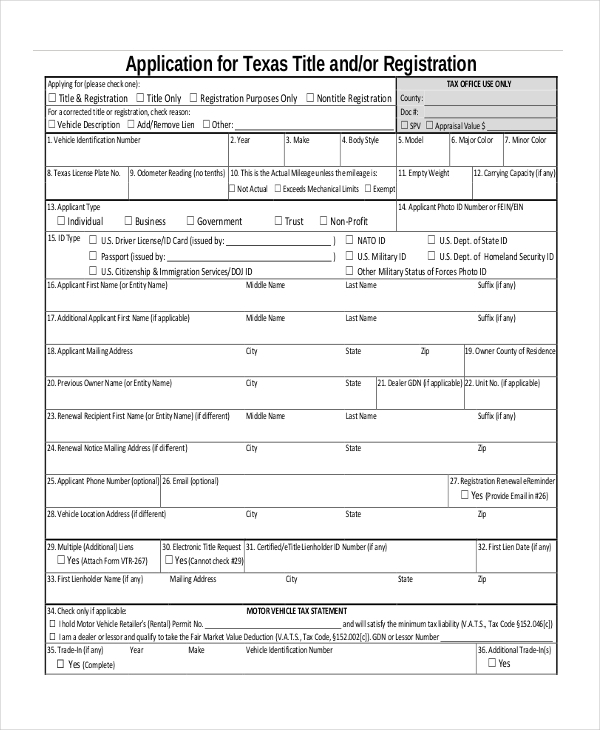
Start by identifying the specifics of what is being transferred. For real estate, this includes the property’s legal description, for vehicles, the VIN or make and model.
Complete the Transfer Forms

Fill out the necessary transfer forms accurately. These might include the title certificate itself, a bill of sale, and any required state or local forms.
Notarize the Documents

Get your documents notarized. Many jurisdictions require notarization for the transfer to be legally binding.
Remove Liens

If there are any liens on the asset, ensure they are released before proceeding. Obtain a lien release document.
Pay Transfer Taxes or Fees
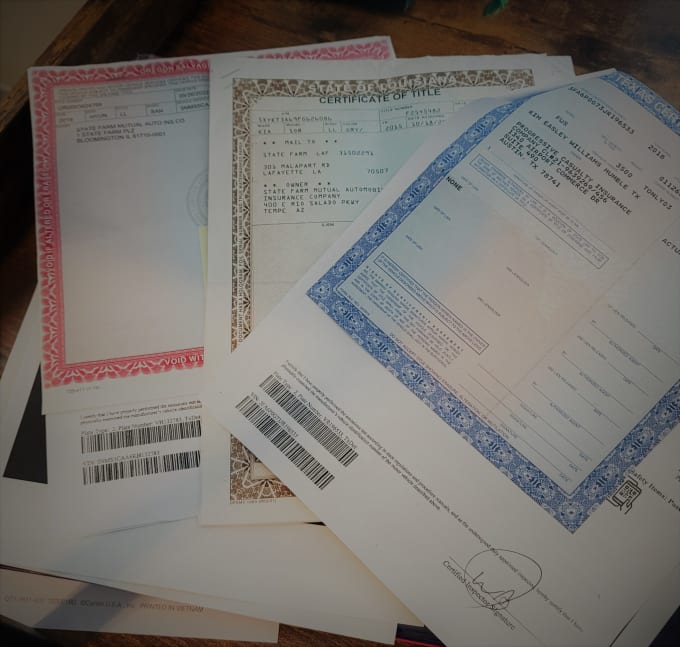
Depending on the asset and location, pay any required transfer taxes or fees. For vehicles, there might also be registration fees.
Update Registration

Submit all documents to the appropriate government office to update the asset’s registration into the new owner’s name.
Receive New Title

Once all steps are completed, you will receive the new title or certificate reflecting the ownership change.
Here is a table illustrating typical fees associated with transferring titles for different assets:
| Asset | Fees (Example) |
|---|---|
| Automobile | $25-$75 for title transfer + possible sales tax |
| Boat | $10-$100 depending on size and state |
| Real Estate | Varies greatly, often includes transfer tax and recording fees |
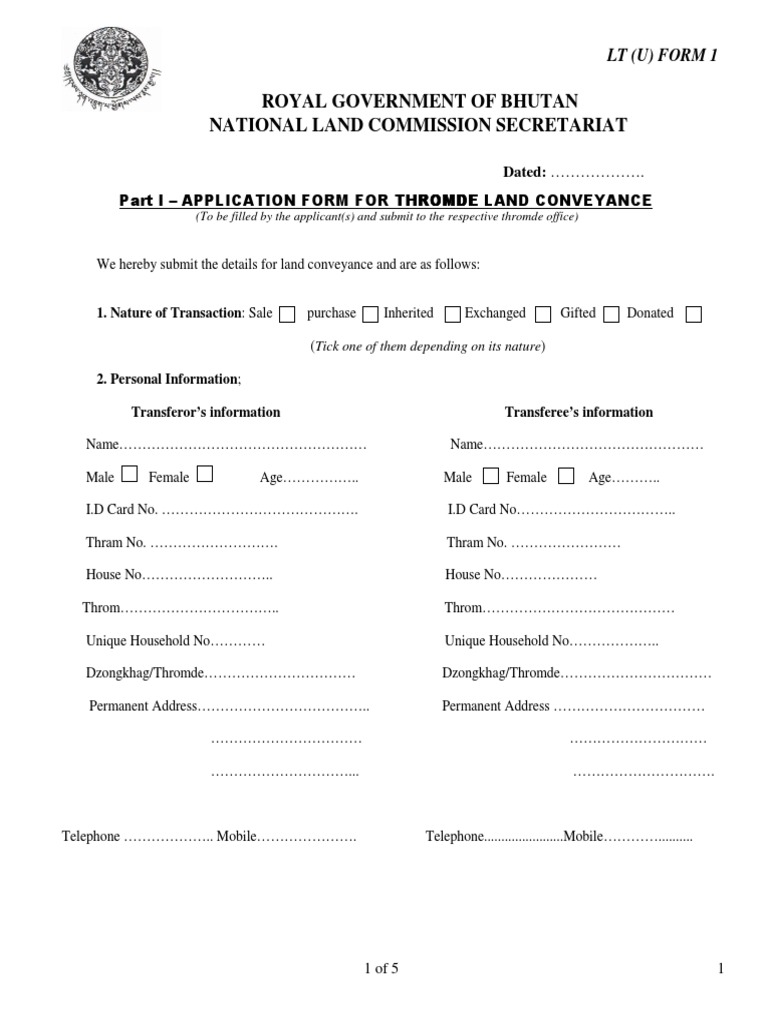
📜 Note: Ensure all documents are filled out accurately. Any errors could delay the process or even invalidate the transfer.
Common Pitfalls and How to Avoid Them
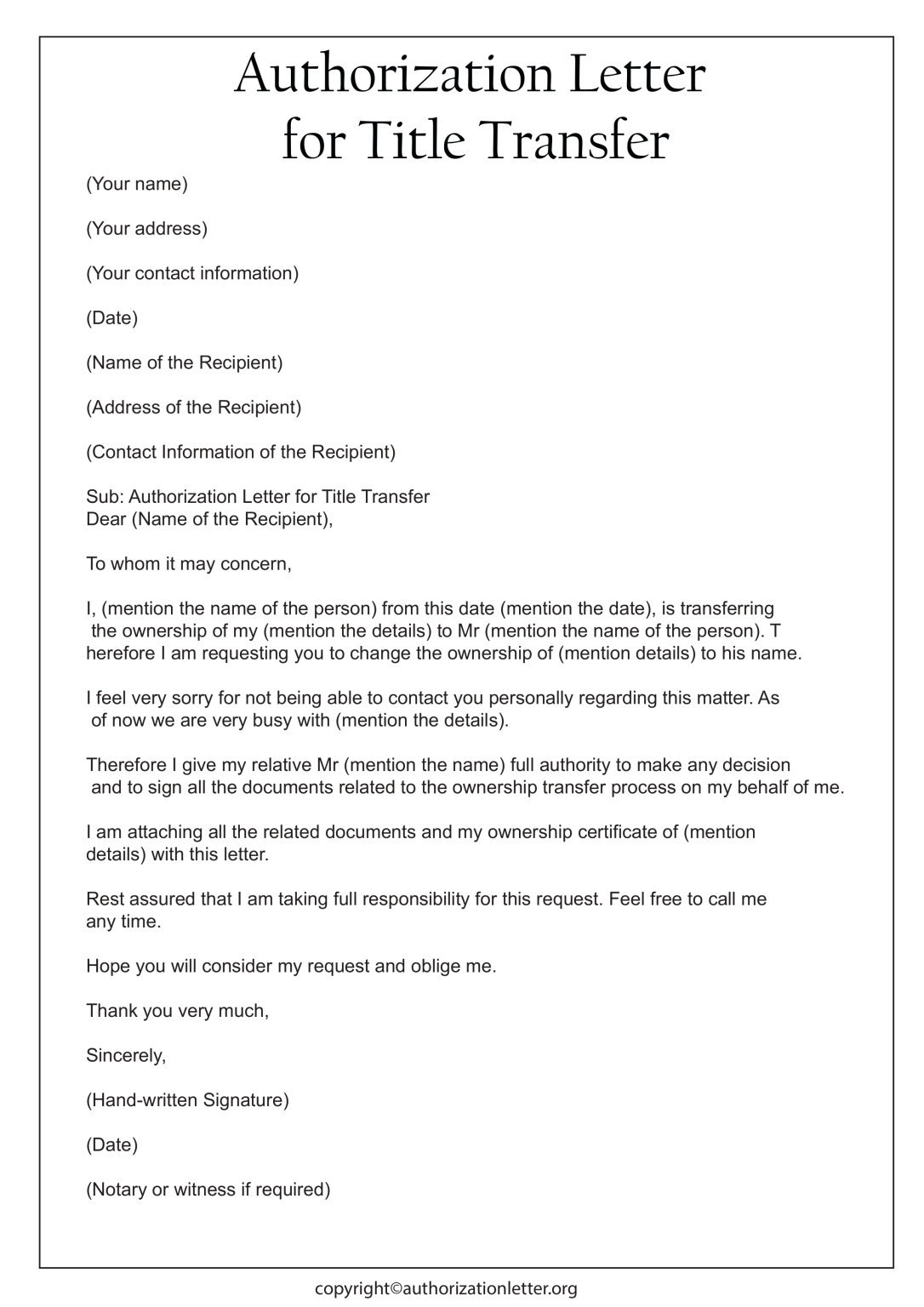
While transferring a title might seem straightforward, there are common pitfalls to be aware of:
- Missing Signatures: Ensure all required parties sign the documents.
- Incorrect Information: Double-check every detail on the forms, especially names and addresses.
- Failure to Pay Taxes: Overlooking transfer taxes or registration fees can halt the process.
- Not Removing Liens: Transferring an asset with an unreleased lien can create legal issues.
To avoid these issues:
- Always have a checklist for all documents and steps.
- Use official forms and read instructions thoroughly.
- Consult with legal counsel if unsure about any part of the process.
- Ensure timely payment of all associated fees.
In transferring a title, meticulous attention to detail is your best defense against common pitfalls, ensuring a smooth transition of ownership.
As we conclude this exploration of title transfer essentials, it’s clear that the process, while potentially complex, can be navigated successfully with the right preparation and knowledge. Whether you’re transferring the title of a vehicle, property, or other assets, understanding the documentation and steps involved will facilitate a seamless change of ownership. Proper preparation, careful attention to detail, and timely submission of required paperwork are key to avoiding common hurdles and achieving a successful title transfer.
Now, let’s address some frequently asked questions that might further clarify the title transfer process:
What should I do if I lose the original title document?

+
If you’ve lost the original title document, apply for a duplicate at your local DMV or similar agency. You’ll need to provide proof of identity and possibly fill out additional forms. There might be fees associated with obtaining a duplicate title.
Is notarization required for all title transfers?

+
Not every jurisdiction requires notarization, but many do to ensure the authenticity of signatures. Always check local laws to understand whether notarization is required for your specific transfer.
How long does it take to transfer a title?
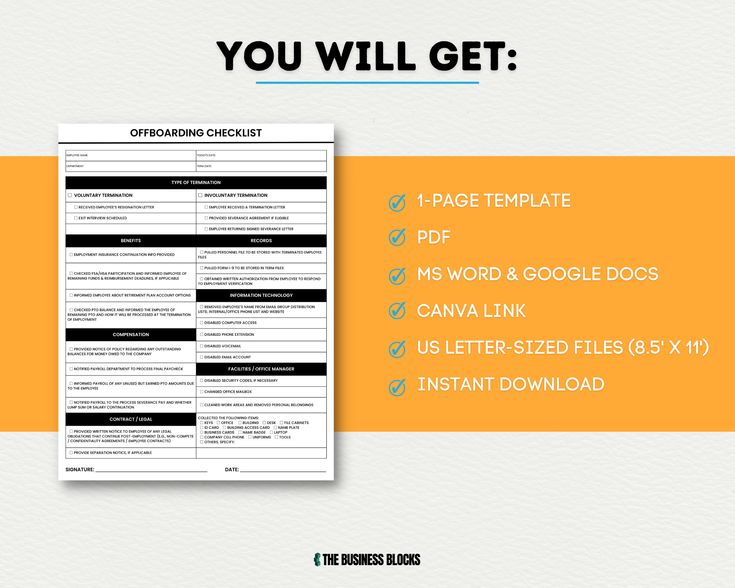
+
The time frame varies widely based on local regulations, the type of asset, and the complexity of the transfer. It can take anywhere from a few days to several weeks. Always prepare in advance and allow extra time for processing.



